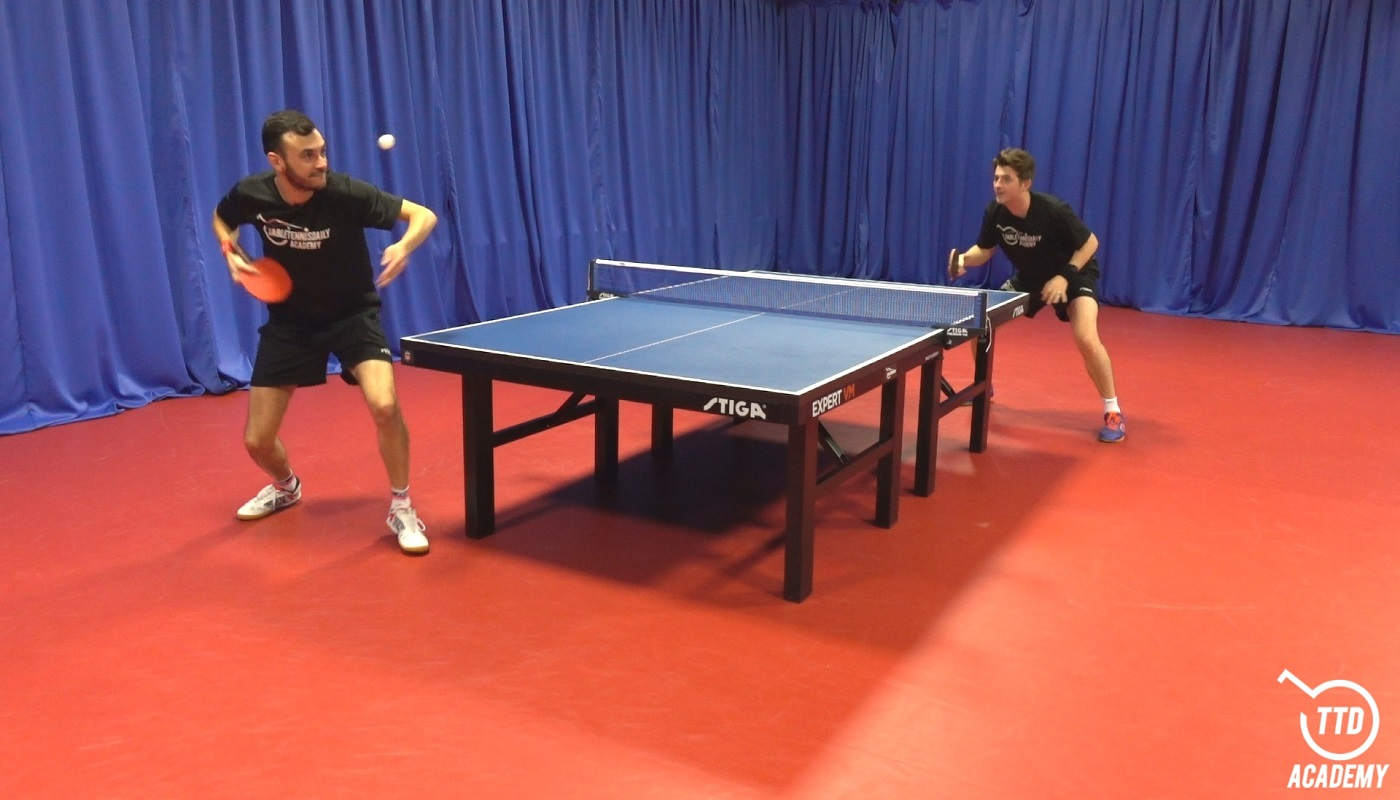
Cricket Injury Updates: A Comprehensive Overview
Cricket, a sport demanding both physical prowess and mental fortitude, inevitably leads to injuries. The high-intensity action, requiring explosive movements, precise timing, and sustained effort, places significant stress on the body. This article delves into the prevalent types of cricket injuries, their causes, prevention strategies, and the latest updates on prominent players sidelined due to injury.
Common Cricket Injuries:
Cricket injuries are diverse, ranging from minor strains to severe fractures. The most frequent injuries include:
-
Hamstring Injuries: These are arguably the most common in cricket, particularly among fast bowlers and batsmen. Sudden sprints, explosive acceleration, and decelerations during bowling place immense strain on the hamstring muscles. Symptoms range from mild discomfort to severe tears, requiring varying recovery periods.
-
Shoulder Injuries: Fast bowlers, due to repetitive overhead actions, are highly susceptible to shoulder injuries. Rotator cuff tears, dislocations, and impingement syndrome are common occurrences. Batsmen, too, can experience shoulder injuries from high-impact catches or forceful strokes.
-
Back Injuries: The repetitive bending and twisting involved in bowling and batting can lead to lower back pain, muscle strains, and even stress fractures. Poor technique and inadequate conditioning contribute to the likelihood of back injuries.
-
Knee Injuries: Sudden changes in direction, forceful landings after jumps, and direct impacts can result in ligament sprains (ACL, MCL, LCL), meniscus tears, and patellar tendinitis. These injuries are common among fielders and batsmen.
-
Ankle Injuries: Ankle sprains are prevalent, particularly among fielders making quick changes in direction or making catches. The ankle’s vulnerability to lateral and rotational forces increases the risk of injuries.
-
Finger Injuries: Batsmen are particularly vulnerable to finger injuries, often caused by impacts from the ball during batting. Fractures, dislocations, and sprains are common outcomes. Fielders can also sustain finger injuries from catches or collisions.
-
Head Injuries: While less frequent than other injuries, head injuries can be catastrophic. Direct impacts from the ball, especially in fast-paced matches, pose a significant risk. Concussions are a serious concern, necessitating thorough assessments and appropriate management.
Causes of Cricket Injuries:
Several factors contribute to the high incidence of injuries in cricket:
-
Intense Physical Demands: The sport’s physically demanding nature, requiring explosive movements, rapid changes in direction, and prolonged periods of exertion, places stress on the musculoskeletal system.
-
Repetitive Actions: Repetitive actions, particularly in bowling, place significant strain on specific muscle groups, joints, and tendons, increasing the risk of overuse injuries.
-
Poor Technique: Incorrect batting or bowling technique can significantly increase the risk of injuries. Poor posture, awkward movements, and inefficient biomechanics can lead to muscle strains, joint injuries, and overuse syndromes.
-
Inadequate Conditioning: Insufficient strength, flexibility, and endurance training can leave players vulnerable to injuries. A lack of conditioning reduces the muscles’ ability to withstand the physical demands of the game.
-
Lack of Warm-up: Inadequate warm-up before matches and training sessions can increase the risk of injuries by not preparing the muscles and joints for the exertion ahead.
-
Poor Recovery: Insufficient rest and recovery between matches and training sessions can lead to fatigue, muscle soreness, and increased susceptibility to injuries.
Injury Prevention Strategies:
Preventing cricket injuries requires a multi-faceted approach:
-
Strength and Conditioning Programs: Implementing comprehensive strength and conditioning programs focusing on muscle strengthening, flexibility, and endurance is crucial.
-
Proper Technique: Emphasis on proper technique in batting and bowling is paramount. Working with skilled coaches to refine techniques can significantly reduce the risk of injuries.
-
Warm-up and Cool-down Routines: Thorough warm-up and cool-down routines are essential to prepare the body for activity and aid recovery.
-
Adequate Rest and Recovery: Ensuring sufficient rest and recovery between matches and training sessions is vital to prevent fatigue and overuse injuries.
-
Protective Equipment: Using appropriate protective equipment, such as helmets, pads, and gloves, can mitigate the risk of severe injuries.
-
Nutrition and Hydration: Maintaining a healthy diet and proper hydration are crucial for optimal physical performance and injury prevention.
-
Regular Physiotherapy: Regular physiotherapy sessions can help address muscle imbalances, improve flexibility, and prevent injuries.
Recent Injury Updates on Prominent Players:
(This section needs to be updated with current information. Examples of how to include player updates are shown below. Remember to replace these with the most recent information.)
-
Player A: Suffered a hamstring strain during a recent match and is expected to be out for [number] weeks. His recovery progress is being closely monitored.
-
Player B: Underwent surgery for a shoulder injury and is currently undergoing rehabilitation. His return to the field is uncertain at this time.
-
Player C: Sustained a concussion during a match and is following the necessary concussion protocols. His availability for upcoming matches will depend on his recovery progress.
Conclusion:
Cricket injuries are an unfortunate reality of the sport. However, by understanding the common types of injuries, their causes, and effective prevention strategies, players can significantly reduce their risk. A combination of strength and conditioning, proper technique, adequate rest and recovery, and the use of protective equipment is crucial. Furthermore, access to qualified medical professionals, including physiotherapists and sports doctors, is essential for managing injuries and ensuring a safe return to play. Staying updated on the latest injury news for prominent players allows fans to follow their recovery journeys and understand the challenges faced in professional cricket. The emphasis on player safety and well-being is paramount to ensuring the long-term sustainability and enjoyment of the sport. Continuous advancements in injury prevention and management techniques are vital for safeguarding players’ health and ensuring their ability to participate in this demanding but rewarding sport.



